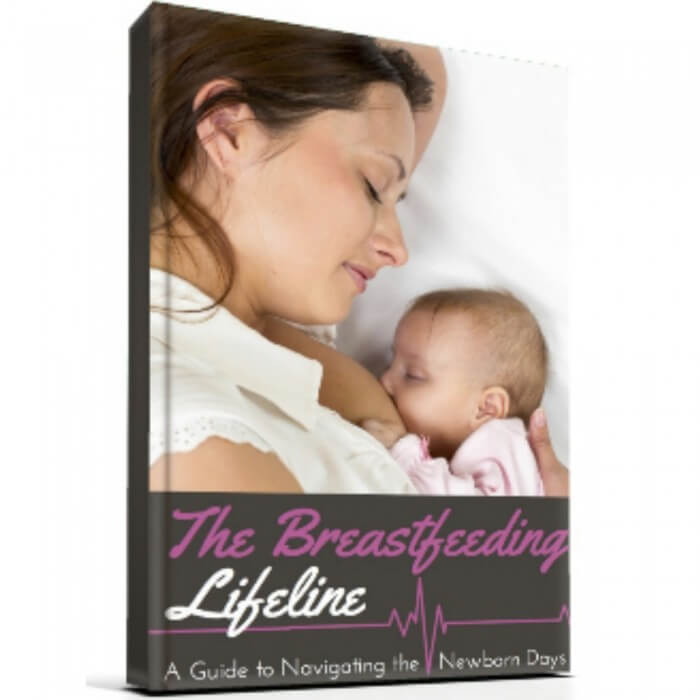While it’s not common to find a breastfed baby with food allergies, it can happen! The most common food allergies that a breastfed baby will react to are cow’s milk products and soy products. Some babies may also react to wheat or gluten, corn, eggs, or peanuts in mom’s diet.
Warning Signs that You Have a Baby with Food Allergies
The first and most noticeable warning sign of food allergies is fussiness. Unlike colic that usually happens at a consistent time of day (or night!), a baby with food allergies will become fussy immediately after eating. Other things can cause fussiness after eating, like overactive letdown or poor latch. Once these have been ruled out, your pediatrician may consider the possibility of a food allergy.

Other signs of a food allergy are eczema, blood or mucus in baby’s stool, or even congestion and cold-like symptoms. If family members have or have had food allergies themselves, it is also more likely that baby will too. Head to the pediatrician if you are are seeing these signs and are suspicious that you’ve got a baby with food allergies.
Now What?
Many moms of a baby with food allergies find it easiest to switch to formula to manage the allergy. Formula has consistent ingredients and takes the guess work out of figuring out what mom can and cannot eat. Unfortunately, many hypo-allergenic formulas are also incredibly expensive. When my baby was diagnosed with Milk-Soy Protein Intolerance (MSPI), an “allergy” to cow’s milk and soy products, my husband and I decided that I would continue to breastfeed. I wanted the bonding with my baby and we wanted her to have all the benefits of breast milk. This meant major diet changes for me, which was hard because I love cheese!
My first step was to get a list of foods to avoid from our pediatrician. There are many ways that milk and soy products are listed on ingredient labels. I took the list to the grocery store to stock up on some easy snack and meal ideas. Fruits and vegetables, meats (but nothing in seasoning or marinades!), and humus were all at the top of my list. I also got some things for my nursing-induced sweet tooth: Oreos, brownie mixes, and coconut milk ice cream, which are all dairy free!
Eating Out
Once I felt comfortable with feeding myself allergy-safe foods at home, I still needed to master eating out of the house. While we don’t eat out often, I got busy researching restaurant menus to make a list of things I could eat at places nearby. This was helpful for when family or friends offered to bring lunch or dinner by. When restaurants didn’t have an “allergen menu” posted online, I would call during off-hours and ask a million questions. Generally, restaurants that were more health-focused had more options. I learned that many fast-food places use soy products as an additive.
Another challenge of breastfeeding a baby with food allergies is eating at friends and relatives’ houses. Depending on where we were going, I could sometimes ask the host to cook without my baby’s allergens, but often I just packed a separate meal to eat there. This way I could be sure that the food was safe for baby, and I didn’t have to inconvenience my host.

But the Baby is Still Fussing
Unfortunately, many allergens take some time to work their way out of mom’s milk and then out of baby’s system. It took about two weeks after I changed my diet for the cow’s milk and soy to stop hurting my baby’s stomach. These two weeks were torture! We knew the cause but we couldn’t take the pain away.
Each time I nursed and anticipated the screams that would follow, I would remind myself that even though it didn’t seem like it at the time, my milk was still the best thing for my baby. We spent lots of time cuddling skin to skin which is comforting to all babies. We also asked for help from family and friends. Caring for an excessively fussy baby is emotionally draining, and it was important that we had breaks!
Many babies with food allergies grow out of it, as mine did. Looking back, I am thankful that we chose to continue breastfeeding despite the challenge!






Speak Your Mind